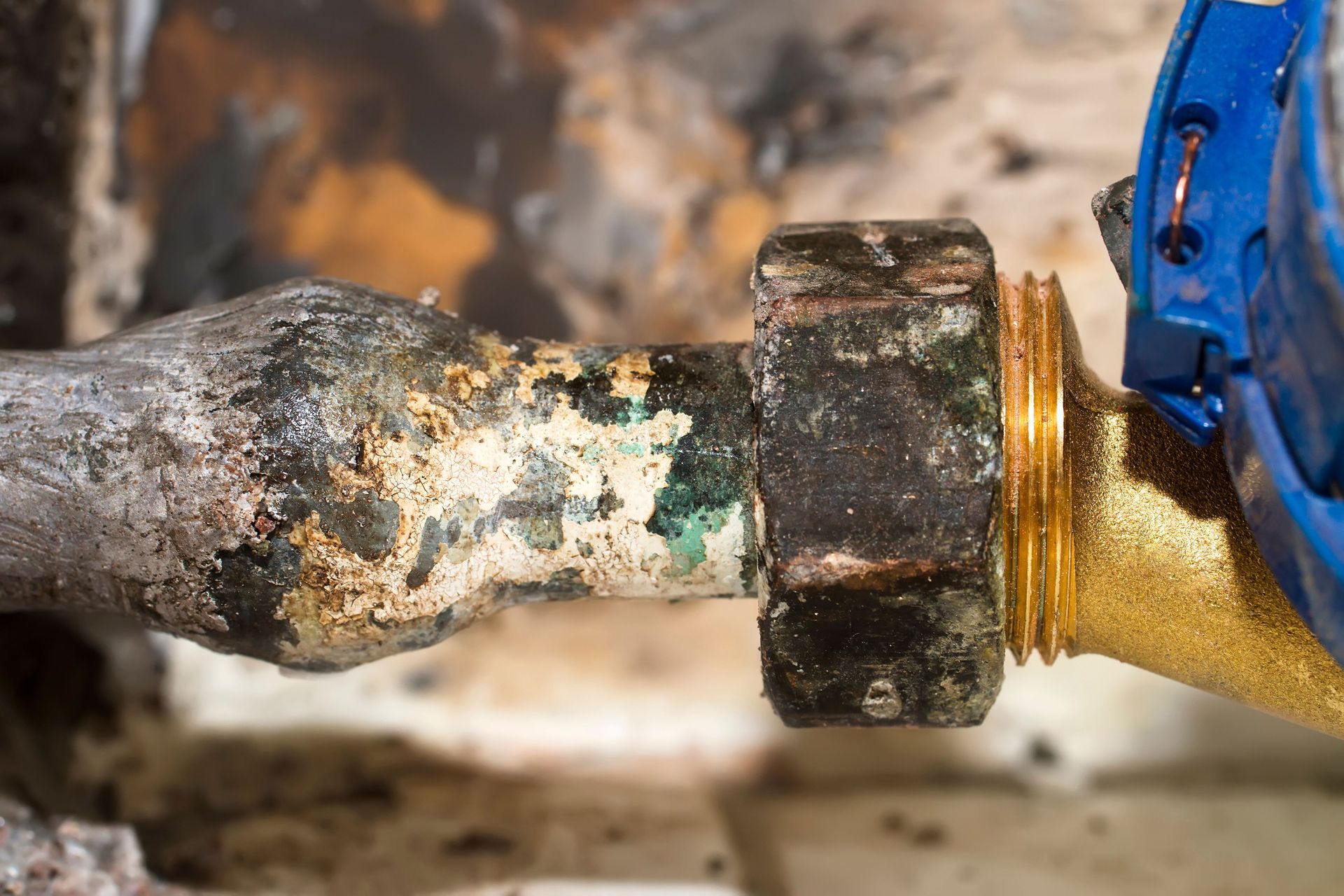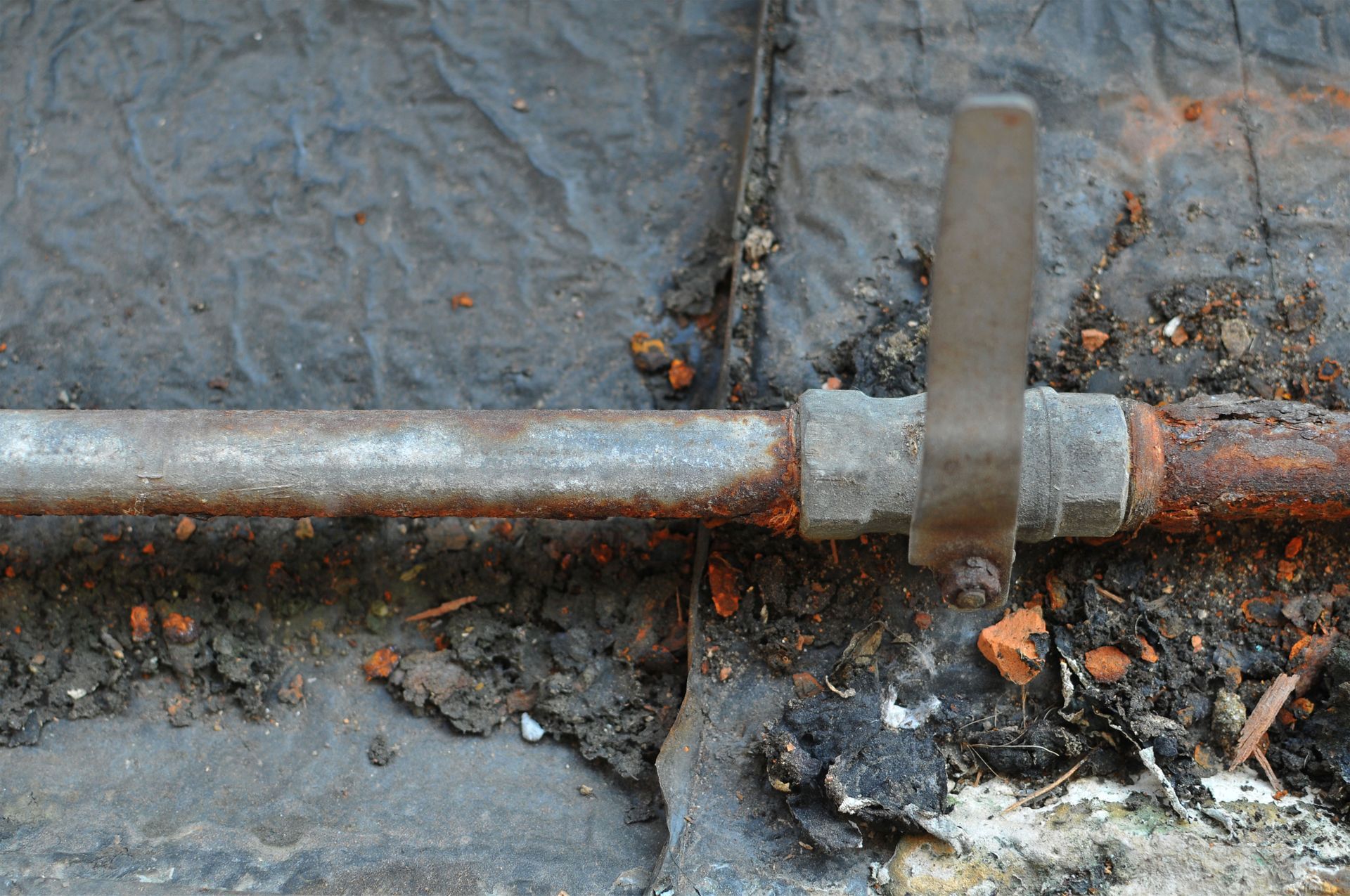Lead Consulting
Do You Have an Emergency?
Call or Text Us Now! (956) 357-4269
How Can Lead Affect Your Health?
Consult with Local Lead Experts based in Harlingen, TX - We Service the entire state of texas, Including the rio grande valley
Lead can potentially affect every organ in the human body. Studies have shown that children under the age of six and pregnant women are most susceptible to the effects of lead. Side effects such as behavior/learning and hearing problems, slowed growth and a lower IQ can result from even the lowest levels of lead in a child's bloodstream.
Lead exposure can be extremely serious and detrimental to pregnancy. Over time, lead accumulates in our bodies and is stored in the bones, thus releasing lead and calcium to form the bones of the fetus instead of just calcium. Lead could potentially cross the placental barrier and reach the fetus, affecting its development by potentially reducing its growth or causing premature birth.
What Is Lead?
When we hear the term hazardous material, we often think of asbestos and poisonous mold, but not lead. However, lead is a natural mineral found within the earth's crust that, while it does have its benefits and can be useful, can also cause health issues for humans and animals.
Where Is It Found?
From an environmental standpoint, lead is found in many places, including in water, soil and air. We are exposed to lead day to day through the use of fossil fuels including leaded gasoline and the former use of lead-based paint in homes. Not only is it present in natural gases, but also in many of the products we find in our homes such as ceramics, pipes, plumbing materials, batteries and more.



